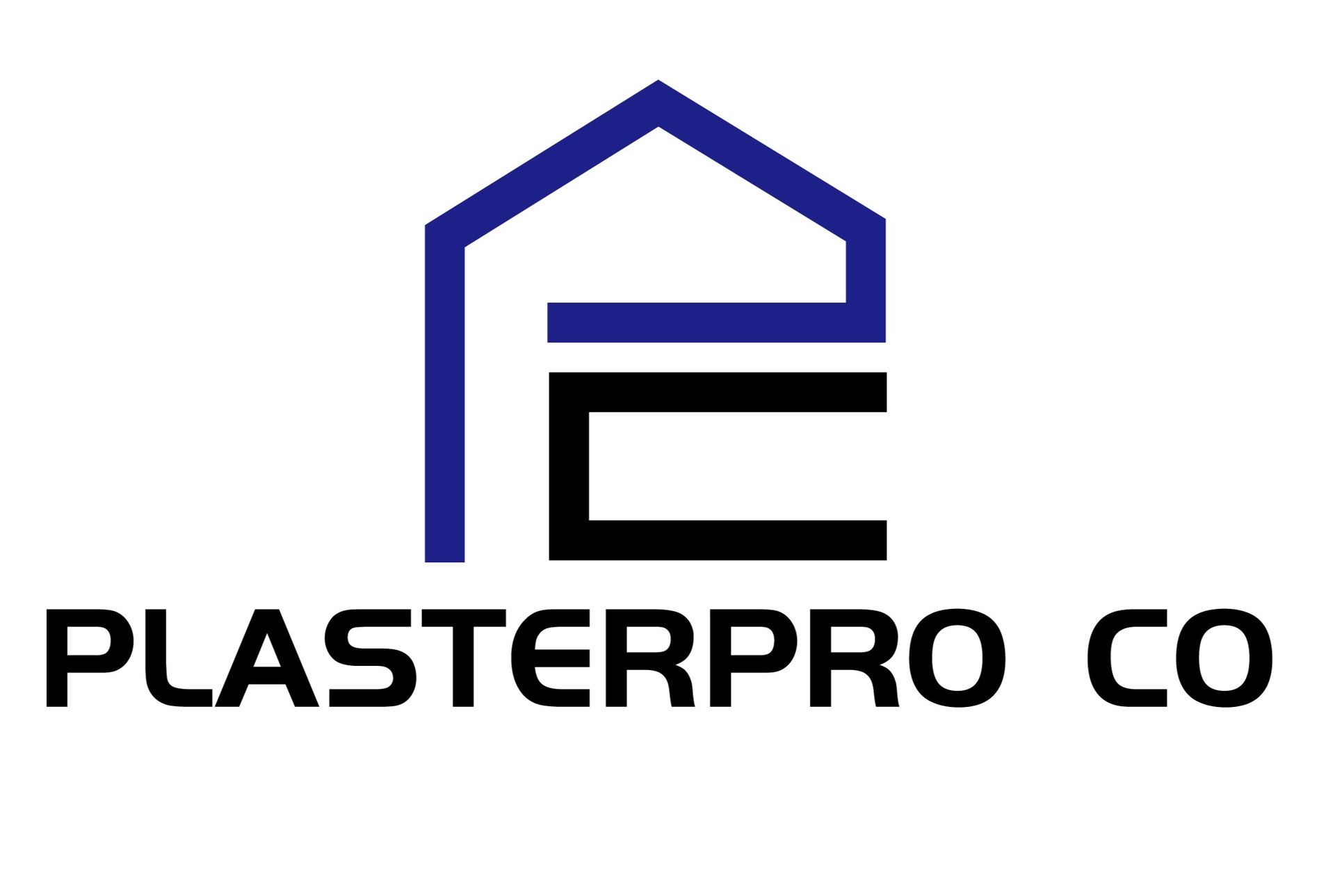How to Choose the Right Plaster for Commercial Renovations
Understanding the Basics of Plaster
Plaster is a versatile building material used in a variety of construction and renovation projects. Its primary function is to provide a smooth, durable surface for walls and ceilings. In commercial renovations, choosing the right type of plaster is crucial to ensure both aesthetic appeal and structural integrity. Different types of plaster offer different benefits, so understanding their properties is essential for making the best choice.
The two main types of plaster used in commercial settings are gypsum plaster and lime plaster. Gypsum plaster is popular for its ease of application and quick drying time, while lime plaster is known for its breathability and resistance to mold. Selecting the appropriate type depends on the specific needs of your project.

Determining Project Requirements
Before selecting a plaster type, it's important to assess the specific requirements of your commercial renovation project. Consider factors such as the size and function of the space, the existing wall materials, and the desired finish. For high-traffic areas, durability and ease of maintenance might be top priorities, while in areas with high humidity, mold resistance could be more important.
Consulting with a professional can help you identify these requirements more clearly. They can provide valuable insights into which plaster will best suit your needs, ensuring that you achieve both form and function in your renovation.
Comparing Plaster Types
Once you've determined the project requirements, compare the characteristics of different plaster types. Gypsum plaster is lightweight and provides a smooth finish, making it ideal for modern commercial spaces. It also has excellent fire resistance, which can be a significant advantage in certain settings.

On the other hand, lime plaster offers superior breathability and flexibility, which can prevent cracking in older buildings. It also has natural antibacterial properties, making it a great choice for health-conscious renovations. Weighing these characteristics against your project's needs will guide you toward the right decision.
Considering Environmental Impact
In today's construction industry, sustainability is a key consideration. When choosing plaster for your commercial renovation, consider its environmental impact. Lime plaster is often regarded as an eco-friendly option due to its natural composition and lower carbon footprint. It can absorb carbon dioxide over time, contributing positively to indoor air quality.
Gypsum plaster, while not as naturally sustainable as lime, can still be an environmentally responsible choice if sourced from manufacturers that prioritize sustainable practices. Look for certifications or environmental product declarations that indicate the manufacturer's commitment to reducing their environmental impact.

Budget Considerations
Budget is always a crucial factor in any renovation project. Understanding the cost implications of different plaster types can help you make an informed decision. Generally, gypsum plaster is more cost-effective due to its widespread availability and quicker installation time. However, this lower upfront cost might be offset by higher maintenance expenses over time if not chosen wisely.
Lime plaster may have a higher initial cost but can offer long-term savings through its durability and low maintenance needs. Assessing your budget against the projected lifespan and maintenance costs of each plaster type will aid in making a financially sound choice.
Conclusion: Making the Right Choice
Choosing the right plaster for commercial renovations involves careful consideration of various factors, including project requirements, environmental impact, and budget constraints. By understanding the unique benefits and limitations of each plaster type, you can make an informed decision that enhances both the aesthetic appeal and functionality of your commercial space.
Whether you opt for gypsum or lime plaster, ensuring that it aligns with your project goals will lead to successful renovations that stand the test of time. Consulting with professionals and reviewing all available options will help in achieving the best results for your commercial renovation project.
